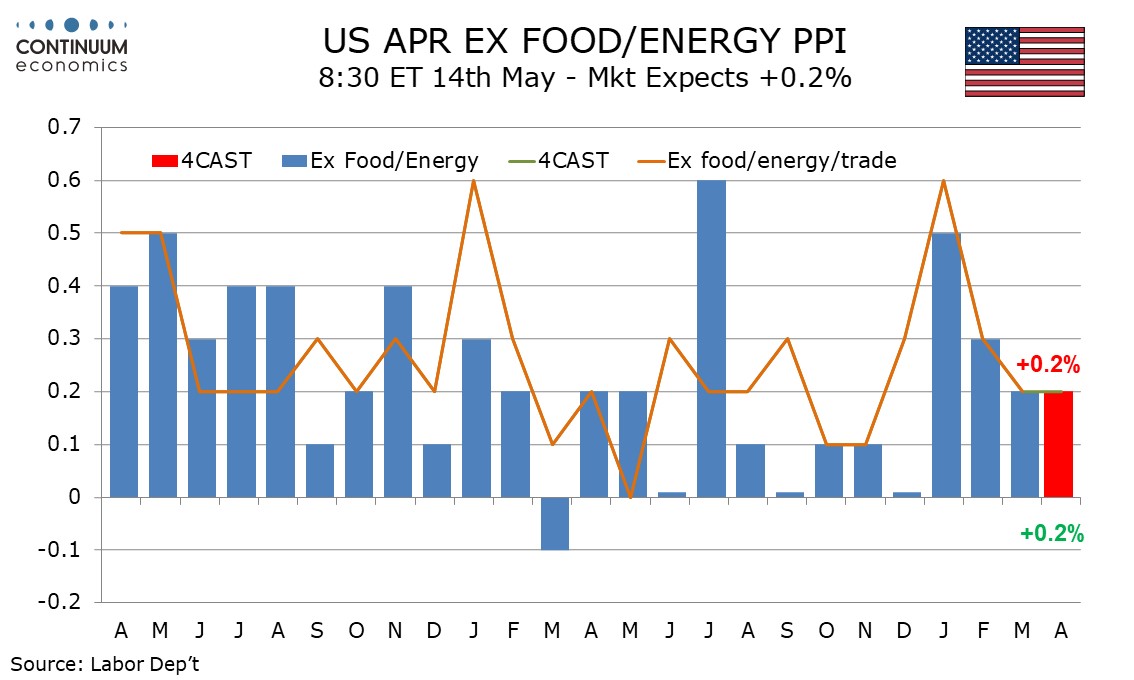FX Daily Strategy: Europe, May 14th
GBP focus on earnings data
Upside risks seen for EUR/GBP
US NFIB data could support softer USD tone
GBP focus on earnings data
Upside risks seen for EUR/GBP
US NFIB data could support softer USD tone
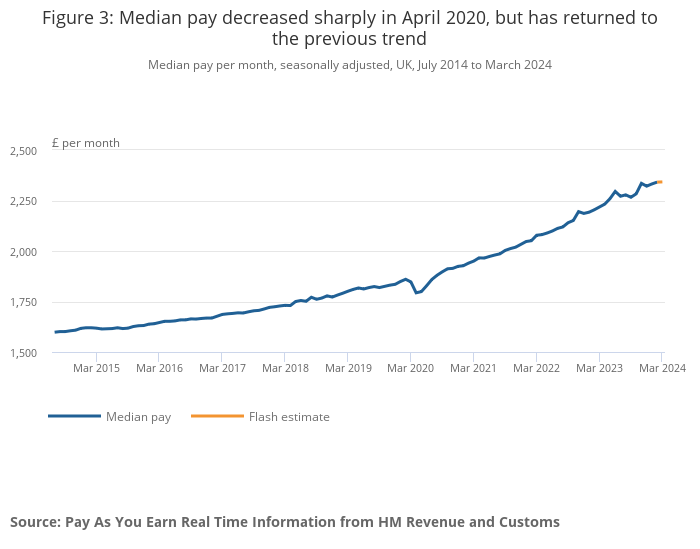
Tuesday sees UK labour market data which could be significant for the Bank of England decision in June. This remains in the balance, with some dovish comments from governor Bailey along with two votes for a cut at the May meeting, but there are still three established hawks on the MPC, so the outcome of the nine member vote remains unclear. Currently, the decision is priced as very close to a 50-50 call, and the Bank of England is very focused on the wage and CPI data as the key for the decision. The average earnings data in Tuesday’s labour market data will consequently be important. The HMRC version of the data will likely gain more attention than the official ONS data, especially since the Bank of England noted the low response rate to the ONS survey in the last MPR. The recent data has shown a slowdown in wage growth, and a further decline in the y/y growth rate looks likely after a big rise last April. The other aspects of the report will also be important, as the employment and vacancy data likely lead the trend in earnings, but the market reaction is likely to be most focused on the earnings numbers.
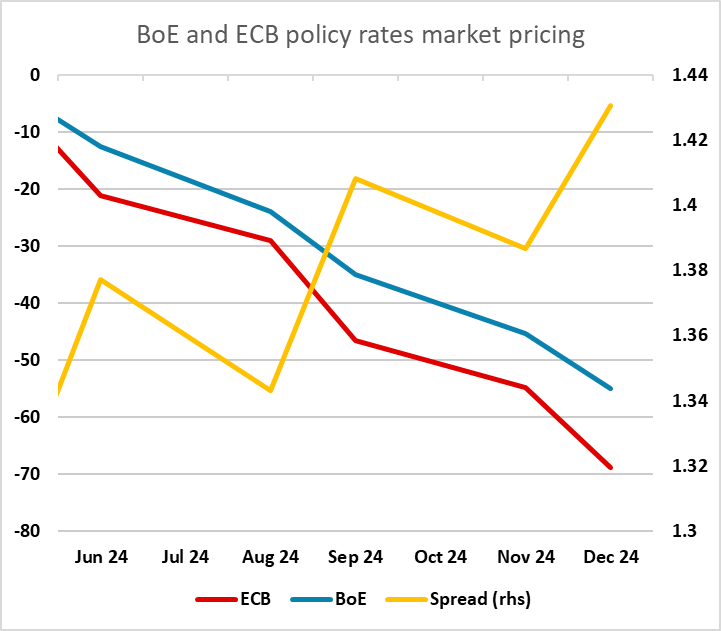
EUR/GBP is currently hovering close to 0.86, but with the ECB priced as an 85% chance to cut in June, and the BoE only a 50% chance, whichever way the Bank of England swings is likely to have an impact. We favour a cut from both the BoE and the ECB, which would suggests some upside risks for EUR/GBP, particularly if the USD retains the slightly softer tone seen in the last week.
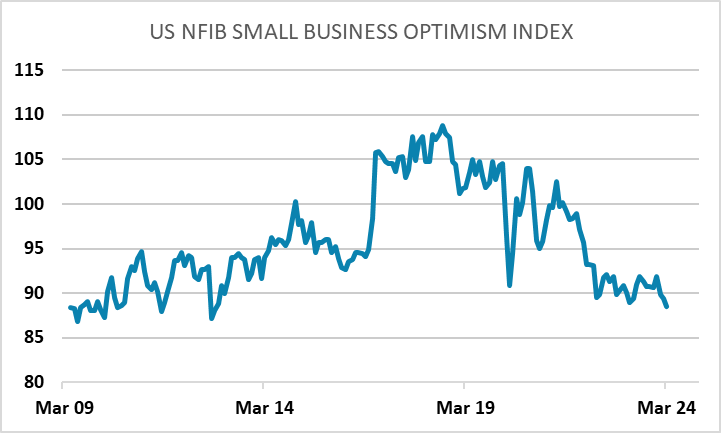
Also on Tuesday we have the German ZEW survey, the US NFIB small business survey and the US PPI data. We don’t see the ZEW survey as particularly useful, as it tends to correlate more with equity market performance than economic performance, but it is likely to be reasonably upbeat and should consequently be mildly EUR positive. The NFIB survey my be more interesting, as the March survey showed a drop in the optimism index to its lowest since 2012. If we see more weakness, it will support the trend of weaker US data seen in the last week and may weight on the USD. However, the price expectations index will also be a factor, as this has been less weak, rising to its highest since October last month. However, even if the price survey still hold up, evidence of weaker optimism will play to a weaker USD story.
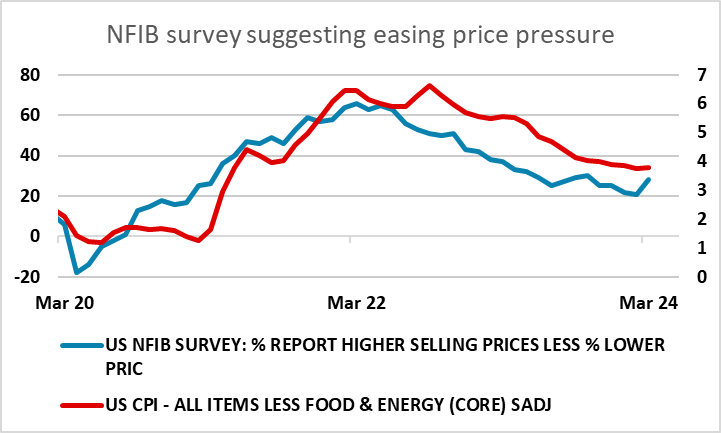
We expect a 0.3% increase in April’s PPI, with gains of 0.2% in the core rates ex food and energy and ex food, energy and trade. The core rates would match March’s outcome which slowed from above trend gains in January and February. The New Year is often a time for price increases with January’s at 0.5% ex food and energy and 0.6% ex food, energy and trade particularly strong, before February followed with gains of 0.3% in both series. Two straight gains of 0.2% will still outpace the final five months of 2023 ex food and energy, though would be more consistent with ex food, energy and trade data for those months.
